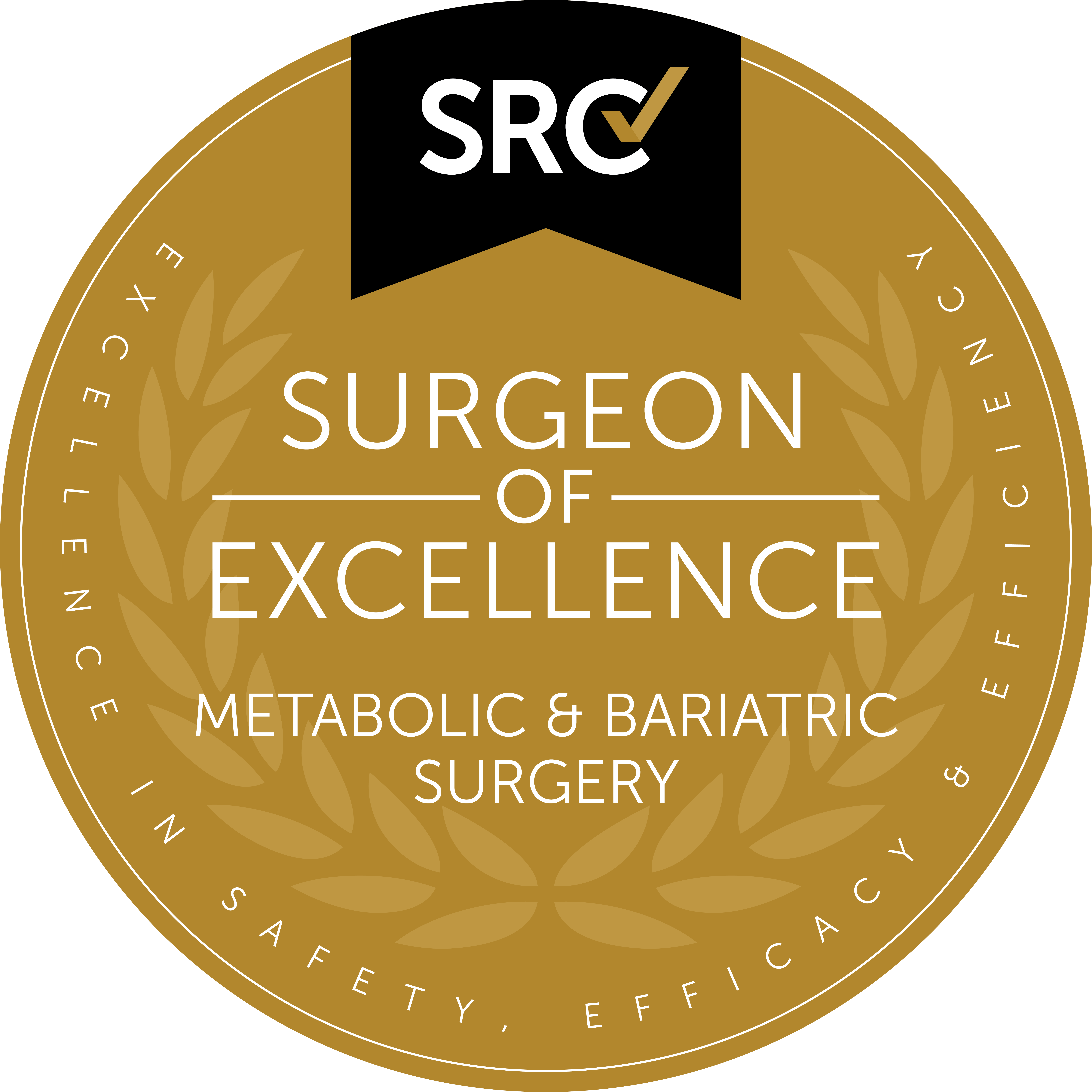Specialty
Obesity Surgery
Metabolic Surgery (Diabetic Surgery)
Proctology Surgery
Contact
Specialty
Obesity Surgery
Metabolic Surgery (Diabetic Surgery)
Proctology Surgery
Contact
Specialty
Obesity Surgery
Metabolic Surgery (Diabetic Surgery)
Proctology Surgery
Hemorrhoids are a condition caused by the enlargement, swelling, and inflammation of veins in the anal and rectal area. Commonly known as piles, this issue can develop due to straining during bowel movements, prolonged sitting, pregnancy, or insufficient fiber intake. There are two main types of hemorrhoids: internal and external. Internal hemorrhoids occur inside the rectum and are usually painless but may cause bleeding. External hemorrhoids appear around the anus and cause symptoms like pain and itching.
Several factors can lead to the development of hemorrhoids. These include genetic predisposition, bowel movement issues such as constipation or diarrhea, and habits like prolonged standing or sitting. One of the major contributors is increased intra-abdominal pressure during pregnancy. Additionally, low-fiber diets, inadequate fluid intake, and heavy lifting can increase the risk.
Symptoms vary depending on the type and stage of hemorrhoids. Internal hemorrhoids often cause bleeding, while external hemorrhoids are associated with pain, swelling, and itching. As the condition progresses, symptoms can worsen and lead to more serious complications.
Depending on the severity and stage of the condition, different treatment methods are used. In early stages, lifestyle changes and medication may be sufficient. In more advanced cases, surgical intervention may be required.
Hemorrhoid surgery involves the surgical removal of advanced hemorrhoids to eliminate bothersome symptoms and improve quality of life. The operation addresses issues such as pain, bleeding, and chronic discomfort. The most common surgical techniques are hemorrhoidectomy and stapled hemorrhoidopexy.
Hemorrhoid surgery is typically done under local or general anesthesia. In the hemorrhoidectomy method, the hemorrhoidal tissue is completely removed and is generally preferred in severe cases. In the stapled method, prolapsed hemorrhoids are repositioned and blood flow is reduced. Post-operative pain control and proper care can speed up recovery.
Hemorrhoids are classified into four stages. Stage one includes bleeding only, while stage four features permanently prolapsed hemorrhoids and significant discomfort.
There are several effective home remedies to relieve hemorrhoid pain. Sitz baths with warm water, anesthetic creams, and a high-fiber diet are helpful. Additionally, stool softeners and avoiding spicy foods can ease symptoms.
A fissure is an abnormal channel or tunnel that forms between the skin around the anus and the anal canal. It often develops due to infections and can become a chronic condition. If left untreated, the infection may progress. Fissures significantly reduce quality of life and typically require surgical treatment.
Symptoms of fissures typically include pain and discomfort. The most common signs are continuous discharge, foul-smelling fluids, and swelling around the anus. If left untreated, infections may worsen and seriously impact quality of life.
Fissures and hemorrhoids are often confused, but they require different treatment approaches. A fissure is a small tear in the anal area and usually causes intense pain during bowel movements. Hemorrhoids are swollen veins that lead to symptoms like pain, bleeding, and itching. Both have different causes and need specific treatment plans.

Op. Dr. Mehmet Deniz
Nisan 30, 2025
Did you find this content useful? Share it on your social media accounts:
Share with Facebook
Share with Twitter
Share with WhatsApp

Contact
+90 (533) 641 80 90
+90 (551) 690 80 90
[email protected]
Mimar Sinan, Işılay Saygın Sokak No: 23 K, D:1, 35220 Konak/İzmir
© 2023 Op. Dr. Mehmet Deniz - Izmir's First Metabolic Surgery Center
Designed By
Free Pre-Interview